Latest
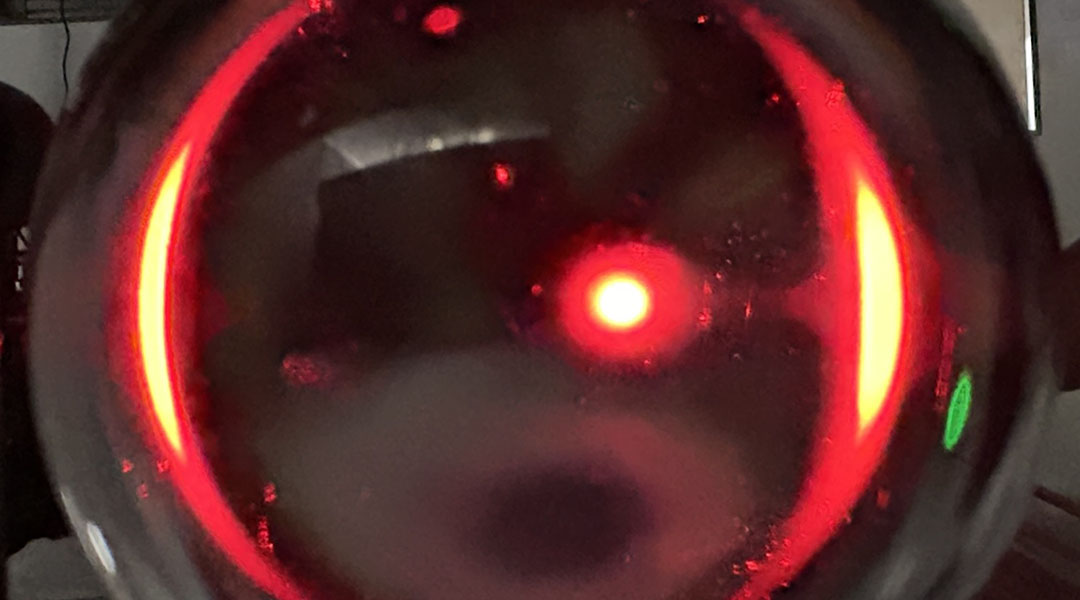
Researchers replicate gravitational lensing in the lab
Lenses help researchers mimic the way massive cosmic objects bend light—bringing the elusive effects of gravitational lensing to Earth.

Researchers replicate gravitational lensing in the lab
Lenses help researchers mimic the way massive cosmic objects bend light—bringing the elusive effects of gravitational lensing to Earth.

Low-cost quantum sensors could enhance EV battery monitoring
These low-cost quantum sensors detect tiny magnetic field changes and could help identify early battery issues in electric vehicles.

Cold shock from ice baths leads to stronger cells
New study reveals how repeated cold-water exposure enhances the cellular defenses, promoting adaptation to extreme temperatures.
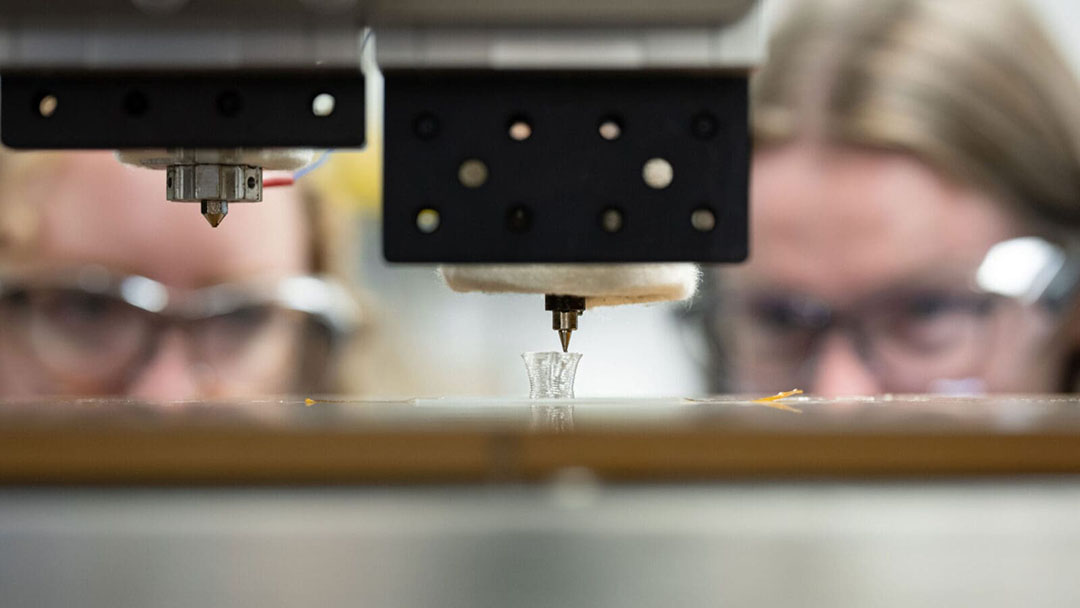
Recyclable 3D-printed plastics that heal, flex, and adapt
A 3D printing technique creates recyclable plastics with adjustable flexibility and strength for soft robots and medical devices.

Meet CLARI, the shape-changing origami robot
A miniature, shape-changing robot could have applications in search and rescue, scuttling across tight and cluttered environments like an insect.
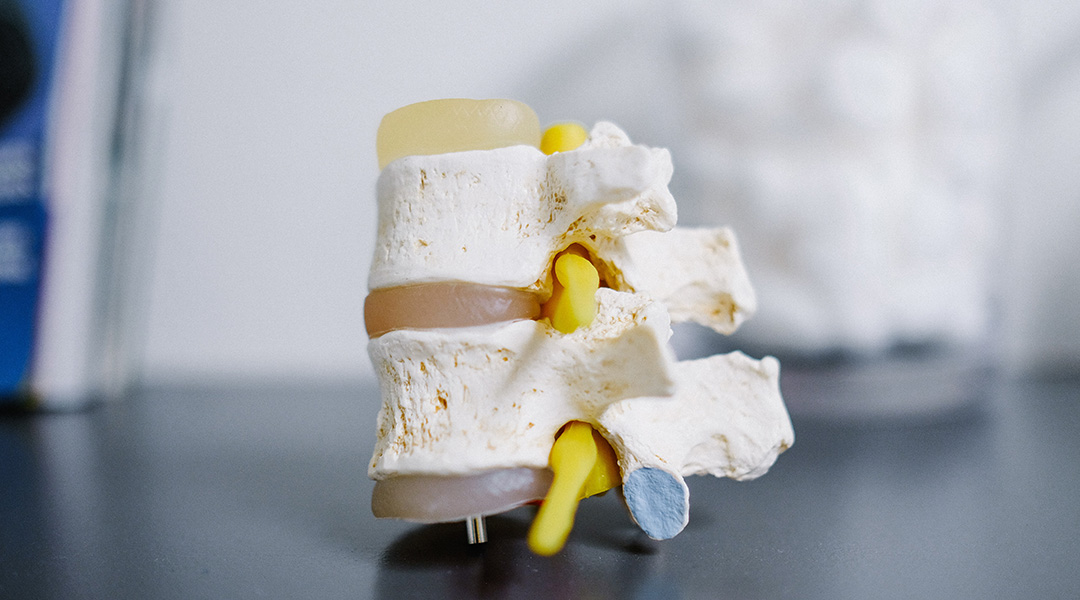
An anti-inflammatory peptide may hold the key to low-back pain relief
Scientists unravel how an inconspicuous peptide found in the spine may reverse disc degeneration to one day help treat chronic low-back pain.
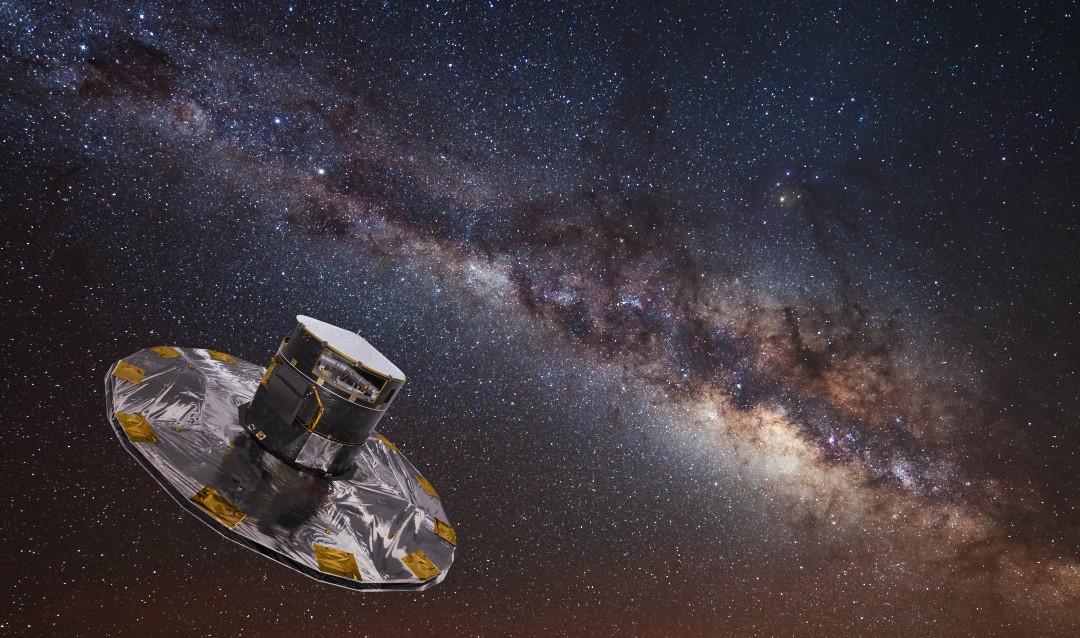
“Stellar paternity tests” link orphan stars to their parent clusters
Astronomers used the Gaia Space Telescope to say “you are the father” by tracing hot young stars back to their place of birth.

Breakthrough in quantum computing with stable room temperature qubits
Scientists achieve groundbreaking room-temperature quantum coherence for 100 nanoseconds, propelling molecular qubits closer to practical quantum computing.
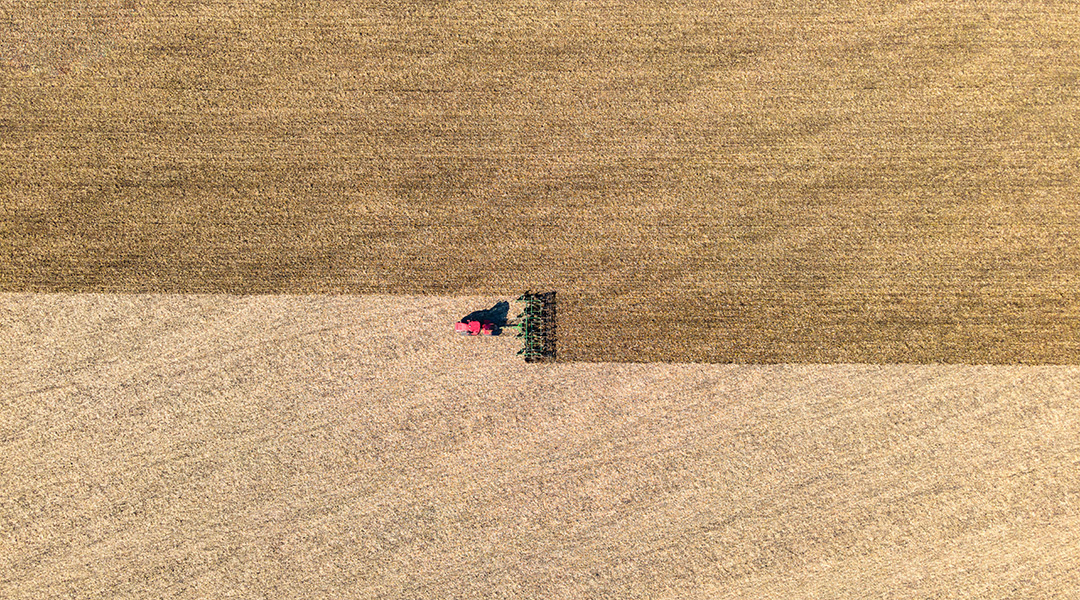
Just how secure is the global food supply?
According to researchers, crop yields could suffer considerably in the face of a sudden catastrophe, but we can prepare.
ASN Newsletter
Sign up for our newsletter and receive the latest science news directly to your inbox.
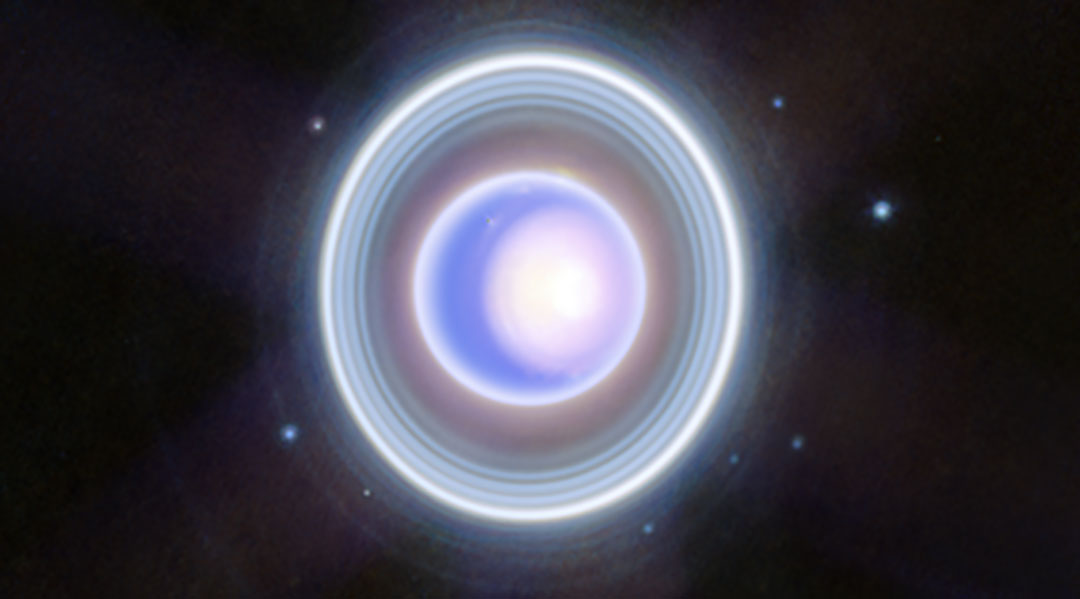
JWST captures stunning images of Uranus
The powerful telescope gave space fans an early Christmas present in the form of a detailed image of Uranus, observed using infrared light.

A carbon dioxide-recycling yeast boosts bioethanol production
A genetically engineered strain of yeast is reducing the amount of carbon dioxide produced during the production of ethanol biofuels.

A “methane cleaner” to slash emissions
The new device pulls methane out of the air and could help tackle emissions from low-concentration sources, like livestock farms.

An artificial nose that sniffs like a wine taster
Precisely copying the capabilities of a biological nose with an artificial one is a lofty but potentially world-changing goal.
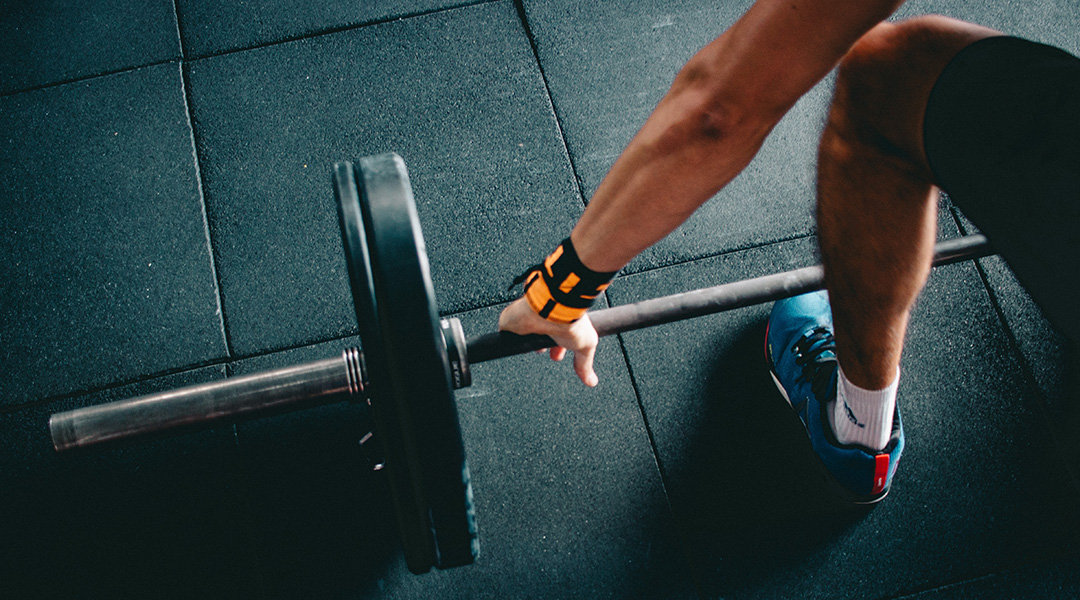
Fitness trackers powered by sweat
The generator harnesses energy from water and is built with a fiberform material derived from the straps of disposable medical masks.
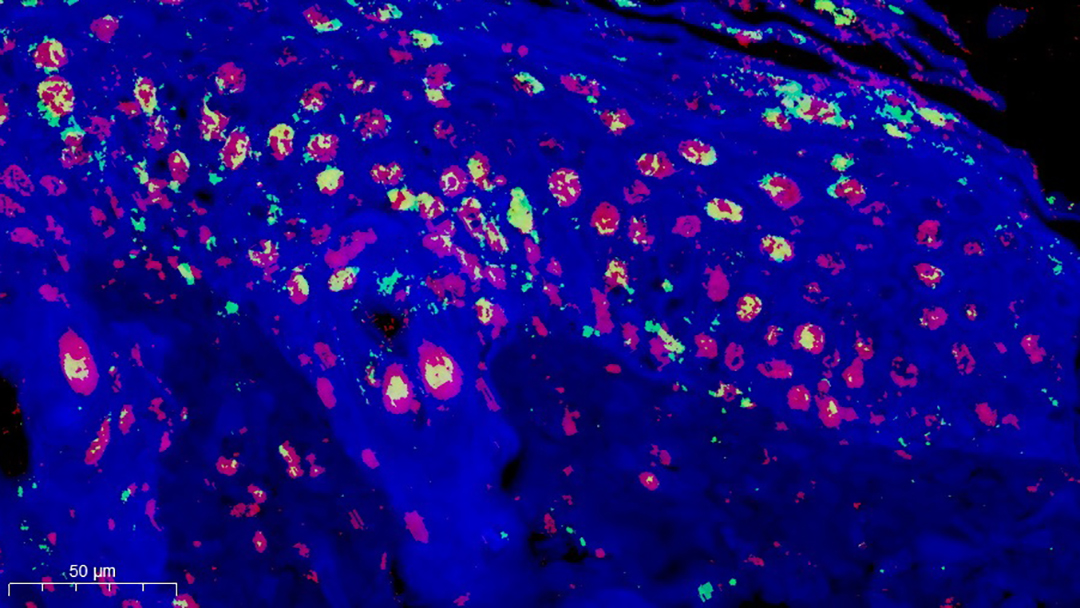
Zwitterions speed up healing in diabetic wounds
Zwitterionic hydrogels boost healing in diabetic wounds by balancing the immune response, reducing inflammation, and promoting tissue growth.

An organ-on-chip simulates the effects of cosmic radiation on astronauts
Future astronauts may be protected from galactic cosmic rays thanks to a novel organ-on-chip system containing interconnected human tissue.

Cutting out processed foods doesn’t automatically make a diet healthier
Switching to less processed does not guarantee a healthy diet; the types of foods may be more important than their level of processing.

Gold nanoparticles help hydras regrow their heads
Gold nanoparticles and near-infrared light speed up regeneration and reproduction in hydras, providing insights for regenerative medicine.
Zwitterions speed up healing in diabetic wounds
Zwitterionic hydrogels boost healing in diabetic wounds by balancing the immune response, reducing inflammation, and promoting tissue growth.
An organ-on-chip simulates the effects of cosmic radiation on astronauts
Future astronauts may be protected from galactic cosmic rays thanks to a novel organ-on-chip system containing interconnected human tissue.
Cutting out processed foods doesn’t automatically make a diet healthier
Switching to less processed does not guarantee a healthy diet; the types of foods may be more important than their level of processing.
Gold nanoparticles help hydras regrow their heads
Gold nanoparticles and near-infrared light speed up regeneration and reproduction in hydras, providing insights for regenerative medicine.

New JWST data challenges our understanding of supermassive black holes
The new findings contradict most observations of supermassive black holes, making this an unprecedented discovery.
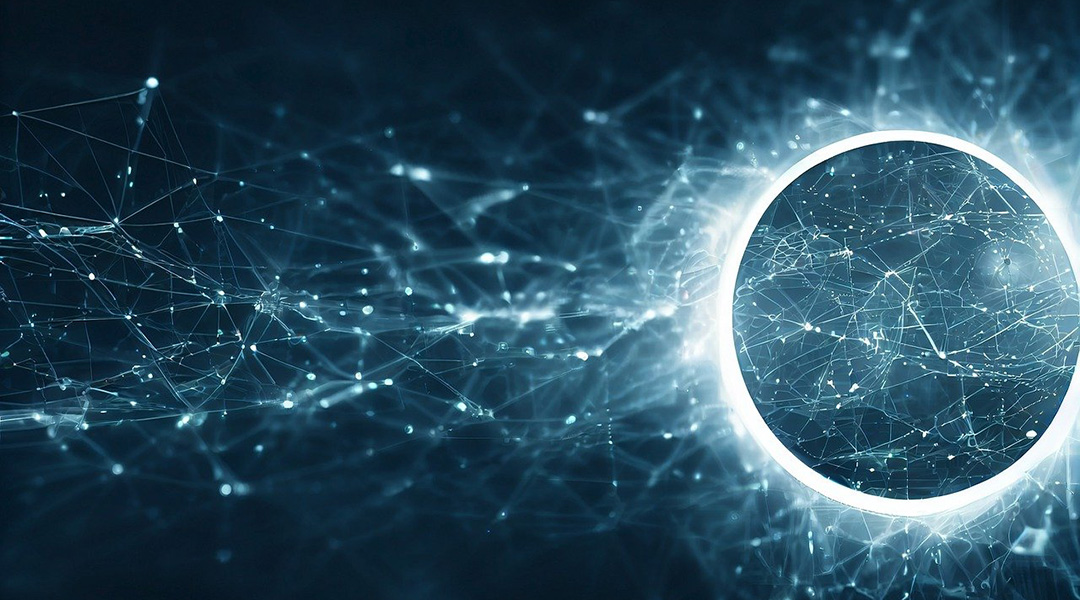
New test could help detect effects of quantum gravity
Gaining an understanding of quantum gravity could help scientists uncover some of the Universe’s deepest mysteries.

New memristor design could be a game-changer for AI and big data
Computers based on memristors promise significant energy savings and improved accuracy in large-scale computing.

Superconducting qubit promises breakthrough in quantum computing
A radical superconducting qubit design promises to extend their runtime by addressing decoherence challenges in quantum computing.
New JWST data challenges our understanding of supermassive black holes
The new findings contradict most observations of supermassive black holes, making this an unprecedented discovery.
New test could help detect effects of quantum gravity
Gaining an understanding of quantum gravity could help scientists uncover some of the Universe’s deepest mysteries.
New memristor design could be a game-changer for AI and big data
Computers based on memristors promise significant energy savings and improved accuracy in large-scale computing.
Superconducting qubit promises breakthrough in quantum computing
A radical superconducting qubit design promises to extend their runtime by addressing decoherence challenges in quantum computing.

Teaching old magnetic cilia new tricks
These hair-like structures with applications in robotics are now reprogrammable, negating the need to replace them after one use.
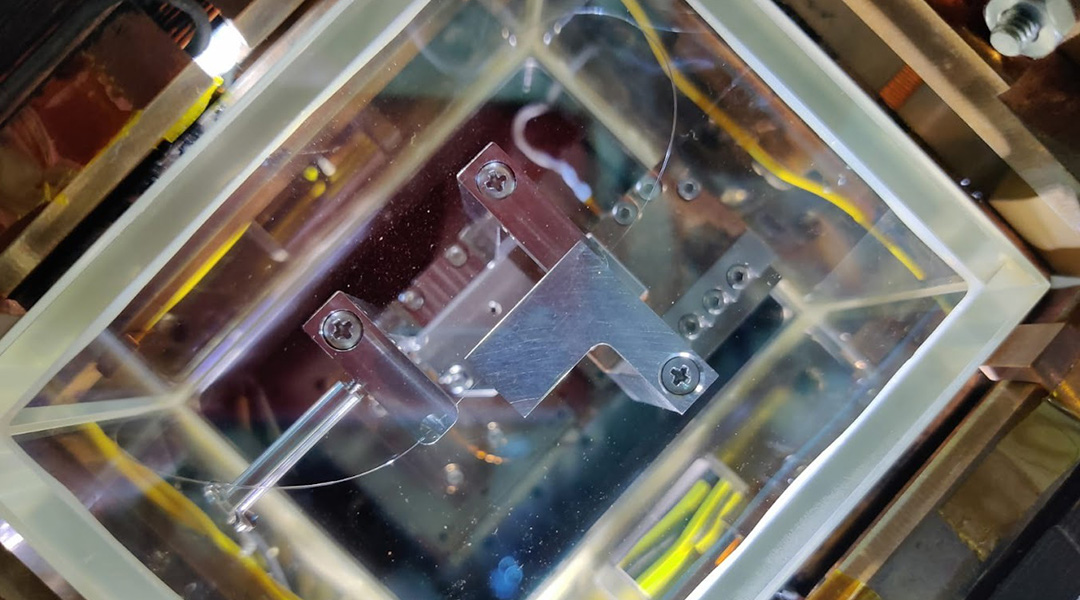
Are quantum communications truly unhackable? Study suggests otherwise
In theory, quantum communications should be impossible to hack, but study shows this may not be true in practice.
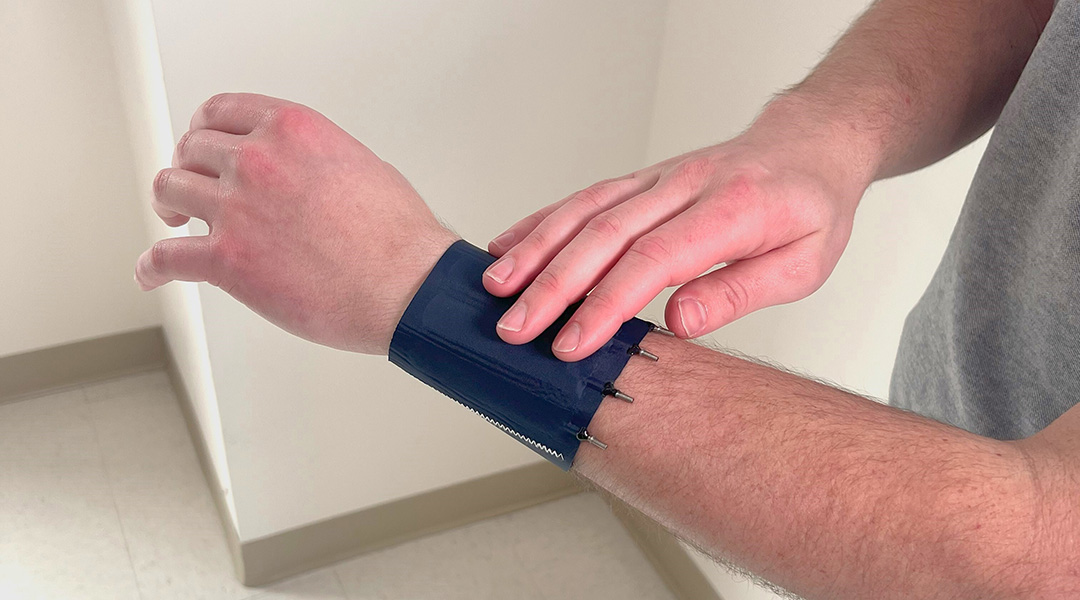
This haptic sleeve is moving wearable technology beyond smartwatches
A haptic sleeve combines a new kind of on-demand information with soft textiles, taking haptic technology to new levels.

A brain–computer interface could slow cognitive decline
This new brain–computer interface detects weakened brain signals and boosts them to healthy levels, potentially reversing cognitive aging in the brain.
Teaching old magnetic cilia new tricks
These hair-like structures with applications in robotics are now reprogrammable, negating the need to replace them after one use.
Are quantum communications truly unhackable? Study suggests otherwise
In theory, quantum communications should be impossible to hack, but study shows this may not be true in practice.
This haptic sleeve is moving wearable technology beyond smartwatches
A haptic sleeve combines a new kind of on-demand information with soft textiles, taking haptic technology to new levels.
A brain–computer interface could slow cognitive decline
This new brain–computer interface detects weakened brain signals and boosts them to healthy levels, potentially reversing cognitive aging in the brain.
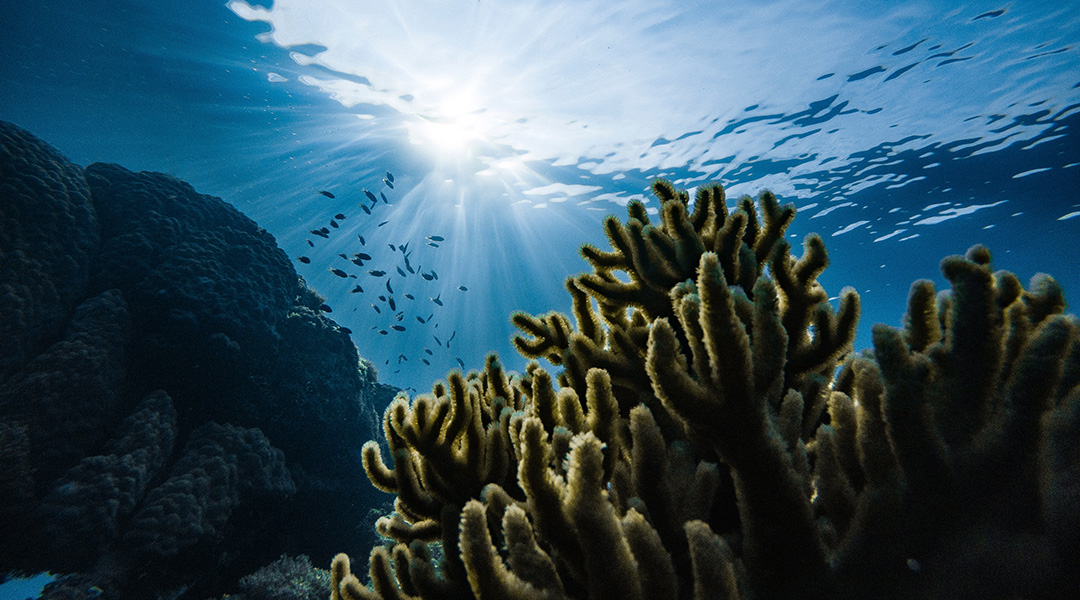
Gold nanoparticles could help coral reefs avoid extinction
Innovative cryopreservation technique revives adult corals, safeguarding their genetic material to seed future populations.

Surprisingly, giant viruses keep algal blooms healthy
Contrary to previous assumptions, giant viruses play a vital role in sustaining algal blooms that form around the world every year.

The surprising biodiversity of a Brisbane backyard
A year-long survey of an ordinary urban lot found over 1000 unique species, revealing our yards are home to a great diversity of life.
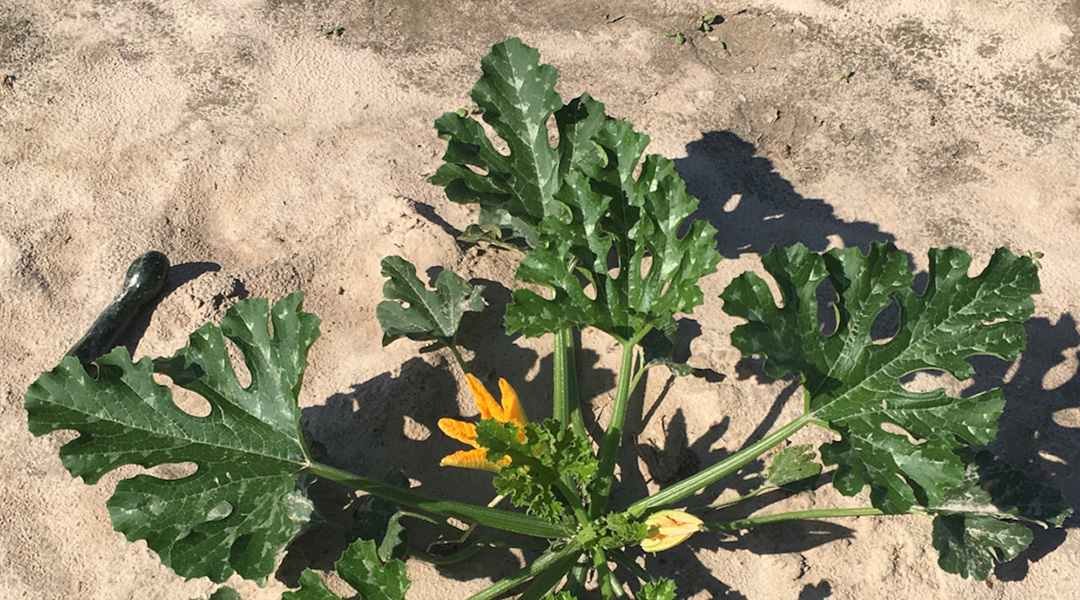
Plants signal danger and fortify neighbors against hungry insects
Squash plants send chemical warnings underground, empowering neighbors to resist insect attacks, providing insights into natural pest management.
Gold nanoparticles could help coral reefs avoid extinction
Innovative cryopreservation technique revives adult corals, safeguarding their genetic material to seed future populations.
Surprisingly, giant viruses keep algal blooms healthy
Contrary to previous assumptions, giant viruses play a vital role in sustaining algal blooms that form around the world every year.
The surprising biodiversity of a Brisbane backyard
A year-long survey of an ordinary urban lot found over 1000 unique species, revealing our yards are home to a great diversity of life.
Plants signal danger and fortify neighbors against hungry insects
Squash plants send chemical warnings underground, empowering neighbors to resist insect attacks, providing insights into natural pest management.
No Results Found
The page you requested could not be found. Try refining your search, or use the navigation above to locate the post.
No Results Found
The page you requested could not be found. Try refining your search, or use the navigation above to locate the post.
No Results Found
The page you requested could not be found. Try refining your search, or use the navigation above to locate the post.
No Results Found
The page you requested could not be found. Try refining your search, or use the navigation above to locate the post.







